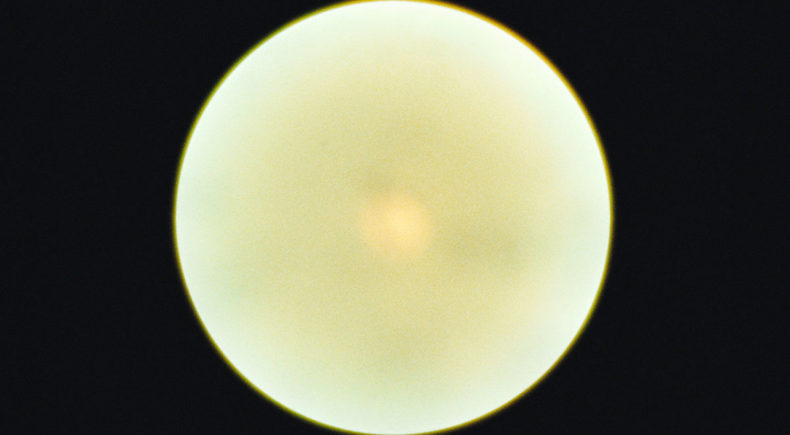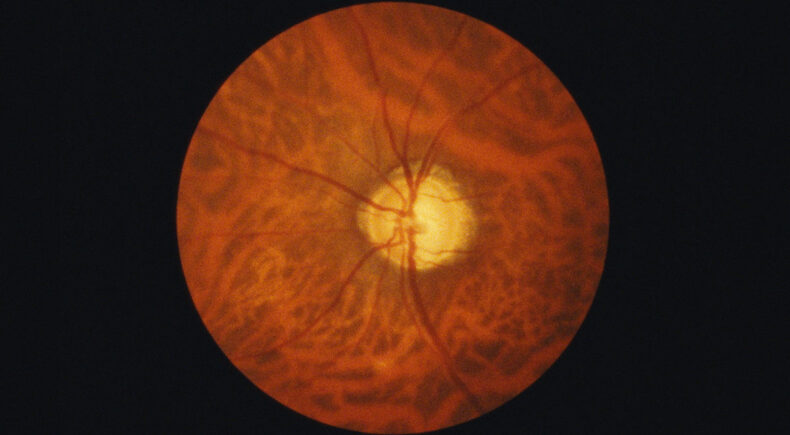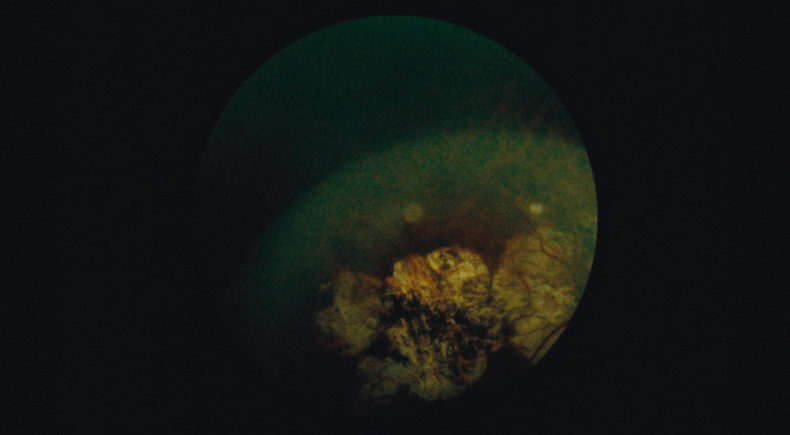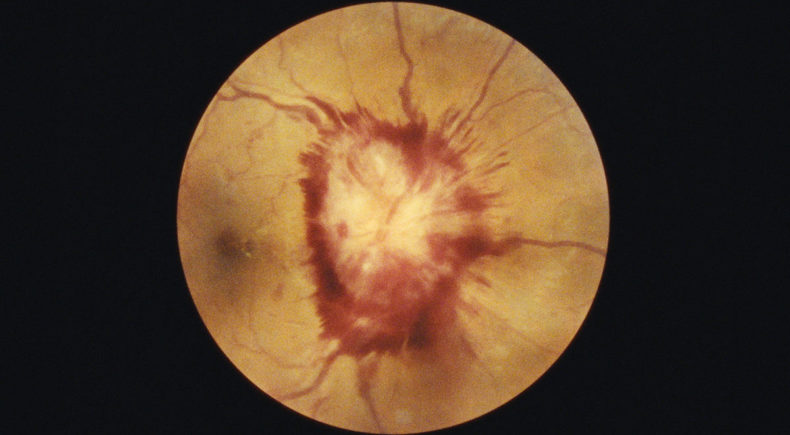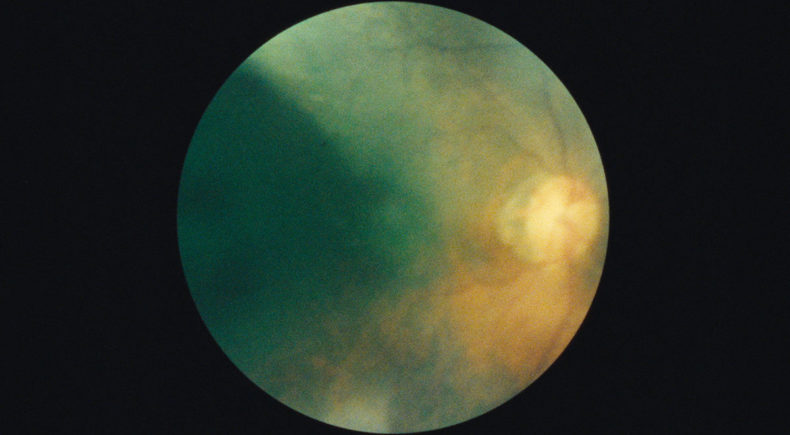Immaculate Generations no. 1
Director: Vito A. Rowlands
United States, Belgium, 2022, 11 min
Shooting Format:Digital to 16mm
Festival Year:2024
Category:Experimental
Crew:Writer: Vito A. Rowlands. Producer: Vito A. Rowlands. Music: Jordan Dykstra; Color & Mattes: Thomas Heban; Editor: Vito A. Rowlands
Email:vito@varowlands.com
Synopsis
If the eyes are the window to the soul, Immaculate Generations no. 1 presents its viewer with a singular look into thousands of souls. Equal parts Carl Sagan and William Blake, this flicker film is composed of tens of thousands of individual retinal photographs from public scientific databases. Its flickering landscapes evoke the violence of the big bang and balance somewhere between threat and seduction, like the paintings of J.M.W. Turner. Animated between 12 and 24 frames per second, they make for a dazzling rush into the maelstrom of life as we perceive it.
About the director
Vito A. Rowlands (né Adriaensens, Antwerp, 1986) is a Belgian filmmaker and scholar. His feature script Elvis, We Like Your Music was a finalist at the 2021 Sundance Film Festival Development Track and his award-winning shorts have played around the world at venues such as the Ann Arbor Film Festival, the Alchemy Film and Moving Image Festival, Vienna Shorts, Aesthetica, the Cadence Video Poetry Festival, Raindance, the Brooklyn Film Festival, HollyShorts, Dresdner Schmalfilmtage, Mostra Internazionale del Cinema di Genova, and Nitehawk Shorts.
Vito has taught in Amsterdam, Brussels, and Copenhagen, as well as at Columbia University. He is currently an Assistant Professor of Experimental Film and Media at New York University's Tisch School of the Arts and a 16mm film instructor at Mono No Aware in Brooklyn. He is a co- author of Screening Statues: Sculpture and Cinema and the author of Velvet Curtains and Gilded Frames: The Art of Early European Cinema.
His first feature is the Metamorphoses-inspired 35mm anthology film Ovid, New York. He is currently in pre-production on his second feature: a silent, nineteenth-century set spiritualist thriller.
Filmmaker's note
Immaculate Generations no. 1 is the first in a series of films that explores how the body engages with cinema. The film repurposes medical imaging photography in a way reminiscent of cinema's earliest days. In its infancy, photography and film served to illustrate science, yet they were quickly repurposed for their artistic and performative qualities. It started from this idea for me, looking into various historical predecessors and techniques, but it truly clicked into place when I went in for my annual eye exam. I had my pupils dilated and a retinal photograph taken for the first time. As I stumbled out into broad daylight, feeling my way back to the subway in Brooklyn, the blurry picture I had seen of the inside of my own eye materialized as a film frame.
Every retinal exposure is a small masterpiece. A galaxy, replete with its own sun, star-studded clouds, and light refracted through time and space. Retinal imaging is the only non-invasive way of looking at blood vessels in the human body. Immaculate Generations no. 1 recognizes the sublime qualities of retinal imaging. It is structured around how much we blink per minute, around the hallucinatory effect of prolonged eye contact, and around the fact that our eyes never stop moving - not even when we sleep. The film engages the viewer with the scopophiliac and voyeuristic impulses we all experience on a daily basis, with the physical aspect of looking. What begins as a playful exploration turns into a hypnotic Dantean descent into lightning fields, and a visceral confrontation with the very fibers that make cinema possible. Every frame is unique, and every eye we see has been stricken with a form of macular degeneration. The film therefore hopes to convey the fleeting beauty of the human body, and to consider the finite amount of times we get to witness the crazy world around us.



